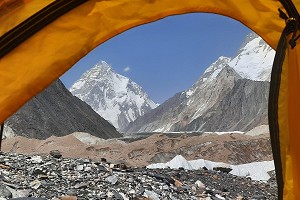
In the first article of this two-part series regular UKH contributor and expedition leader Rebecca Coles described the types of trek which can be undertaken in Nepal and recommended a few classic routes. In this follow-up she gives some top tips for a great trip.
From short user-friendly tea house hikes to weeks-long camping expeditions far from the beaten track, Nepal has some of the most varied and spectacular mountain trekking in the world. I have been fortunate to trek in the Annapurna, Langtang, Manaslu and Everest regions of Nepal, and have climbed several of the trekking peaks. I've stayed in some superb tea houses, as well as some very basic ones, and undertaken a long camping trek, complete with huge team of porters, cook boys and yaks. This article isn't a complete kit list of what to take, there are plenty of those out there, but it focuses on the little things that I have found useful from my experience.
So here are my top tips for trekking in Nepal:
Staying clean and healthy
Needless to say getting this right will greatly enhance your trip. Having an awareness of health and hygiene issues and easy means to look after yourself will make a much more enjoyable experience.
- Hand washing is the most important way to prevent picking up bugs, simple soap and water is best for this. However, where it is not practical use antibacterial hand wash.
- Another very effective, and often overlooked, way of preventing contamination is to keep your hands away from your mouth. No biting of nails or touching your face and mouth.
- Make sure cutlery is clean and dry.
- Eat local food, the kitchen staff will know how to store, prepare and cook this food correctly. The staple Nepali dish is Dal Bhat; very filling and great trekking energy.
- As mentioned in the previous article in more basic tea houses or on camping treks a bucket or bowl of hot water may be the washing facilities. Take a flannel for strip washes and wet wipes for the times in between.
- At lower elevations tea houses can have solar showers. For the hottest shower have one mid-afternoon and get to the front of the queue!
- All purpose soap has the dual use of washing clothes and yourself.
- Bring toiletries which are in containers with screw tops. Items tend to 'explode' as the pressure decreases with altitude.
- It can be very cold in the mornings and evenings so I like to wash my hair and clothes during the sometimes long lunch breaks. It is usually dry before I start the afternoon's trek.
- Especially on the popular treks, it is important to use toilet facilities where available, however grotty. On camping treks toilet tents will be erected over a pit each evening. Where these facilities aren't available, and going in the open is required, make sure you have a nappy sack to hand to collect toilet paper. Toilet paper takes a long time to decompose up high so take it with you.
- In tea houses or whilst camping boiled drinking water is provided. Try to avoid buying bottled water as the plastic bottles contribute to more waste. For treating water quickly whilst trekking water purifiers such as a Steripen or a filter bottle from Water to Go Ltd. are fantastic.
Discussion about health issues to do with trekking at altitude is beyond the scope of this article but it is an important consideration when trekking in Nepal. Before trekking in Nepal you should take some time to understand how altitude affects the body, how to prevent becoming ill and what to do if you or a team member does.
All things electrical
Tea houses often have electricity where it is usually possible to charge devices. There is often a fee for this, either per charge or per hour. Like everything the fee gets more expensive the higher the tea house is. As a trek in Nepal is typically two to three weeks in length having enough battery power is something that needs to be managed. Here are some tips to keep a camera as well as other small electrical items such as an mp3 player or smart phone charged throughout a trek.
- Save power!
- Turn screen brightness down and turn silent on.
- Turn 'aeroplane mode' on on phones.
- Don't continually review photos.
- Buy several spare batteries for cameras and charge pre-trek.
- Invest in a compact, fast travel charger for camera batteries. If you are paying per hour it is best to charge as quickly as possible.
- Consider a small solar panel designed for outdoor and travel use (I use the Powermonkey Extreme, whihc can also be charged off the mains to use as a battery). Last time I trekked in Nepal I only charged my phone from a tea house once in 21 days by using the solar panel in this system, despite using the phone constantly to take photos, listen to music and occasionally use the internet and send texts. Remember that you are generally walking during the sunniest time. To allowing charging during this time I attach the solar panel to the top of my day pack as I walk.
- Take spare batteries for a head torch. Remember to return to the UK any used batteries so they can be disposed of correctly. I prefer to use rechargeable ones and take a tiny charger.
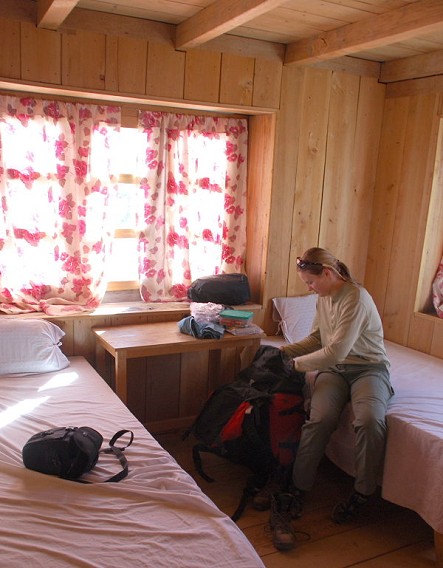
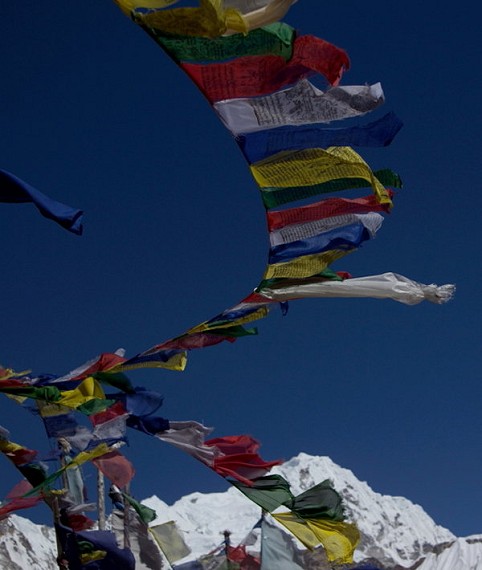
Kit and equipment
This topic is a whole article in itself and some things have already been mentioned above. Here are a couple more tips.
- Wide neck plastic water bottles are best. The wide neck means that it is easy to pour boiled water into as well as keep clean. If water bottles are filled with boiled water the night beforehand they double as great hot water bottles overnight.
- Take a down jacket with a hood to be toasty warm.
- For high camping treks a 4 season sleeping bag may be necessary but otherwise a 3 season bag is adequate. My top tip if you do require a 4 season sleeping bag, and you are undertaking a trip as a couple or two friends, is to take one 4 season bag and two 3 season bags between the two of you. You each use a 3 season bag until it gets cold and then one person uses the 4 season bag whilst the other uses the two 3 season bags, one inside the other. This is great for several reasons, firstly it negates the need to buy two expensive 4 season sleeping bags which subsequently hardly ever get used. Secondly, it means that you do not overheat at the low altitudes as you are sleeping in a 3 season sleeping bag. A sleeping bag liner is also useful for keeping your sleeping bag clean.
- My luxury for camping treks is sleeping on a roll mat as well as an inflatable camping mat.
- Remember sun protection. High factor sun cream and lip balm, as well as a sun hat and high UV rated sunglasses are essential. At least one lightweight long-sleeved shirt/T-shirt to protect arms from the sun when it is warm. Also consider taking a spare set of sunglasses within your group, if someone's get lost or broken then this can prevent serious problems.
- On treks particularly those which tackle high passes I like to have a group shelter in case of emergency.
- Another really versatile piece for kit I always take with me is a Buff. Apart from keeping my neck warm when it's cold it also keeps my hair out of my face, gets used as an eye mask so I can get some sleep when it's light, is an emergency hat as well as another thousand uses.
- To get my feet out of boots when I'm not walking I take a lightweight pair of old trainers. I find it is too cold up high to sit about in a pair of sandals.
- A really fluffy, warm pair of 'bed socks', combined with a hot 'water bottle', keep my feet toasty during the night.
Cultural and environmental considerations
Nepal is a very welcoming place, but here are some tips to enhance your stay and reduce your impact whilst trekking:
- Learn some Nepali.
- People are usually very happy to have their photos taken but always ask first.
- Women wearing shorts will be thought of as very strange, especially in remote areas. Cover legs by wearing trousers.
- Take some small notes when visiting temples and religious sites for a donation.
- Try to carry small rupee notes in general as shops and tea houses never have any change.
- Try to reduce rubbish and packaging wherever possible.
- Make group food orders rather than ordering separate items from menus in tea houses. This reduces the resources needed to produce a meal. It also means you get your food quicker!

About the author
Rebecca Coles is an expedition leader based in Sheffield, where she is just about to finish a PhD in Glacial Geomorphology at the University of Sheffield. She has been mountaineering and climbing on all seven continents, often off-the-beaten track, and has been to all the Greater Ranges apart from the Karakoram (but would very much like to). A previous personal trip to Kathmandu was the start of nine months of travelling and mountaineering back to the UK, overland. She also enjoys rock climbing in North Wales and the Peak, and Scottish winter routes when in the UK.
Rebecca has led expeditions in South America, Africa and Asia, and has been to Nepal several times, the last of which was leading an Everest Base Camp trek via 3 Peaks and 3 Passes. She will be leading a Kangchenjunga Circuit trek in October 2013.
- Intro to Trekking in Nepal, part 1 13 Aug, 2013
- Leading a School Expedition - Is It For You? 30 Jun, 2013
- Everest Base Camp, the Quiet Way 3 Feb, 2013

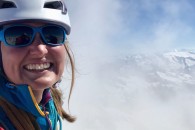


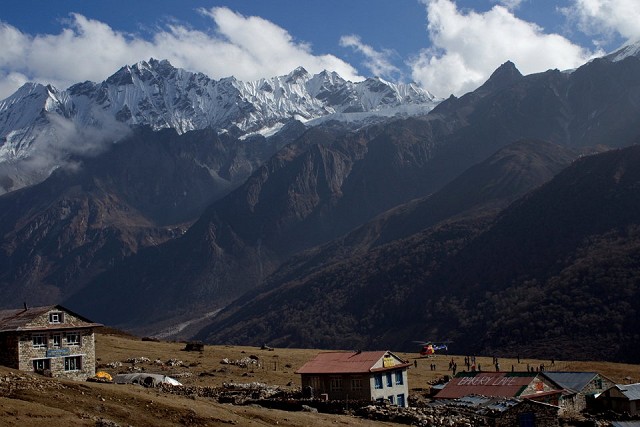
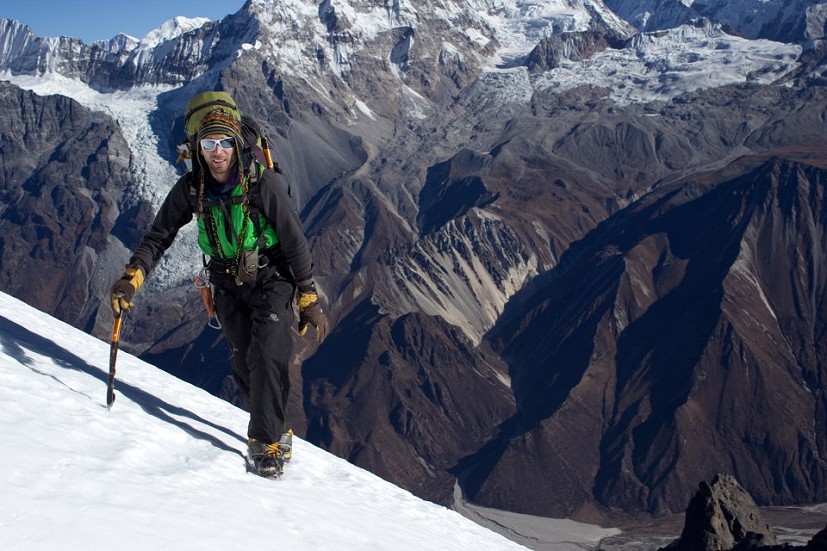
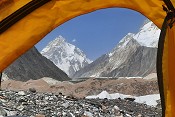
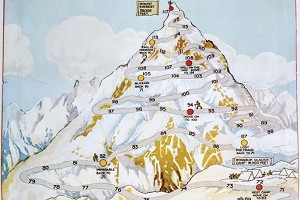
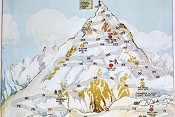

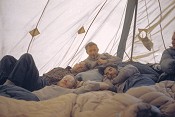



Comments